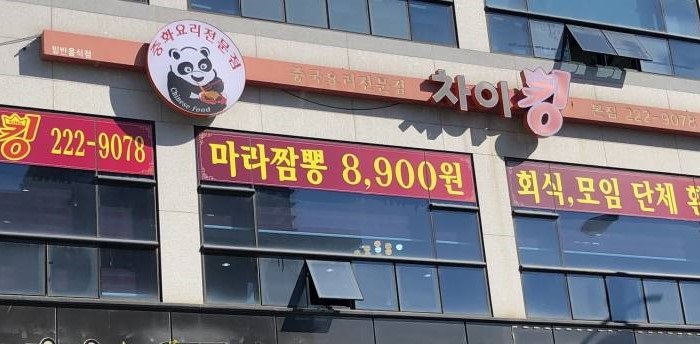Bujji (부찌)
Bujji (부찌)
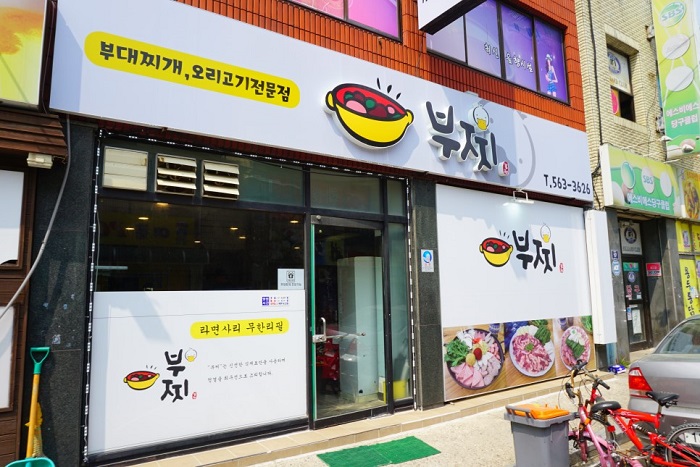 – Tel
– Tel
+82-63-563-3626
This is a place where you can taste duck meat and the representative dish budaejjigae (spicy sausage stew). This Korean dishes restaurant is located in Gochang-gun, Jeollabuk-do. The most famous menu is sausage stew.
– Address : 15, Seongsan 2-gil, Gochang-gun, Jeonbuk-do
※ Presentation Information
– Main Dish
Sausage Stew
– Information and Guides
•1330 Travel Hotline: +82-2-1330
(Korean, English, Japanese, Chinese)
• For more info: +82-63-563-3626
– Menu
Sausage Stew / Smoked Duck
– Opening Hours
11:00-00:00
– Parking
available
– Reservation Information
available
– Day Off
Open 24/7
– Smoking Area
Non-smoking

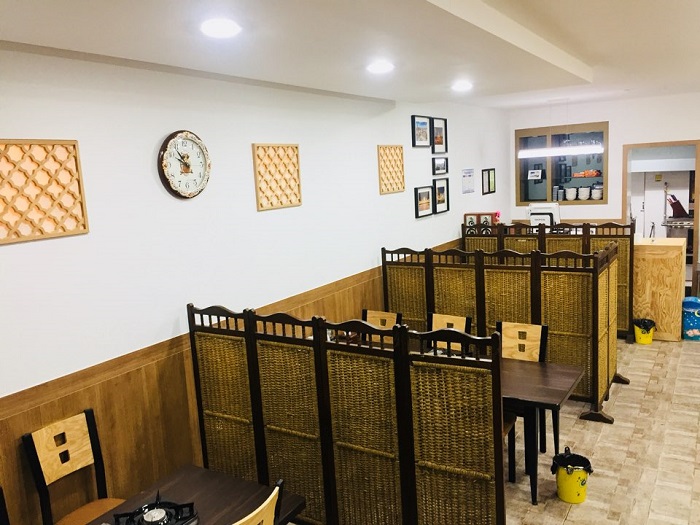
◎ Nearby Tourism Infobox
⊙ Gochang Pansori Museum (고창판소리박물관)
View detailed guide on Korea Trip Guide →
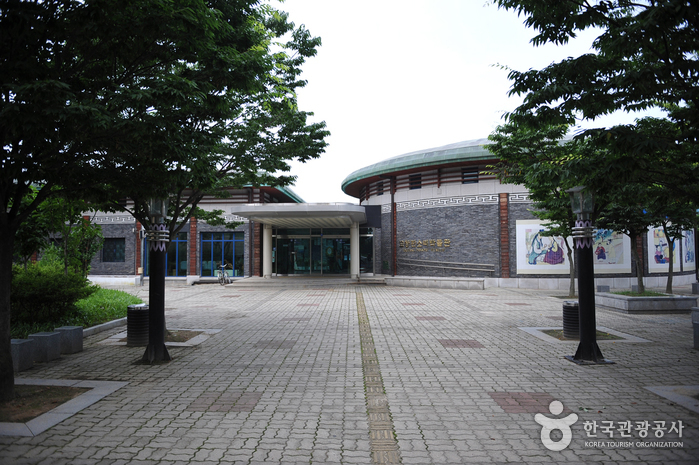
– Homepage
www.gochang.go.kr
– Tel
+82-63-560-8061
The Gochang Pansori Museum was established in the old residence of ‘Dongni’ Sin Jae-Hyo (a musical theorist and arranger and a sponsor of Pansori) with the aim of honoring the great Pansori singers of the past (including Sin Jae-Hyo) and preserving and developing the indigenous tradition of Pansori. Of the original rooms of the residence only Sarangchae (an annex where men used to study or welcome guests) has been renovated and is open to the public. Right next to Sarangchae is the Dongni Gugakdang (Korean Traditional Music Hall).
Over 1,000 pieces related to Pansori and great local singers are on display at the museum, included personal possessions once owned by Sin Jae-Hyo (penname ‘Dongni’). For those interested in learning more about the traditional art of Pansori music or experiencing high-quality Pansori, the Gochang Pansori Museum is a must-visit travel destination.
⊙ Sin Jae-hyo’s House (고창 신재효 고택)
View detailed guide on Korea Trip Guide →

– Homepage
www.gochang.go.kr
www.cha.go.kr
– Tel
+82-63-560-2943
Sin Jae-hyo (1812-1884) was a legendary theorist, director, and sponsor of pansori (epic chant). Sin Jae-hyo’s House in Gochang was built in 1850, and visitors can observe sarangchae (main room), an old well, and a paulownia tree preserved to this day. Sin was not a singer himself but a pansori enthusiast, and he used wealth to train potential singers and contribute to the growth of pansori. He also compiled and edited six pansori madangs (operas) titled Ttoggi Taryeong, Bak Taryeong, Simcheongga, Jeokbyeokga, Chunhyangga, and Garujigi Taryeong, of which only five are passed down. To honor his contributions and passion for pansori, Dongni Gugakdang was founded behind this house.
⊙ Gochang-eup Sunghanok Village (고창읍성한옥마을)
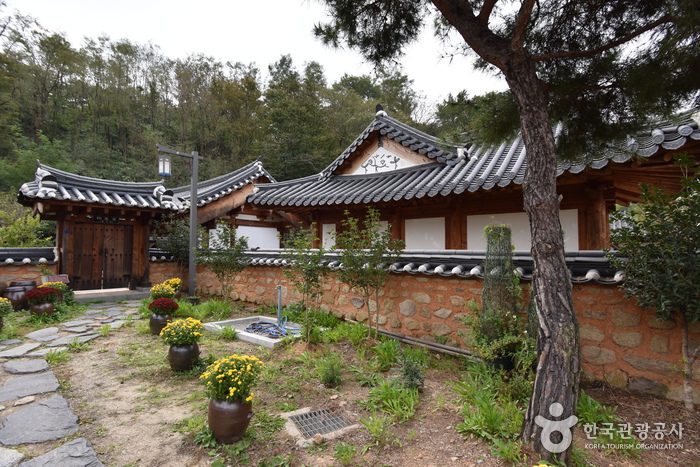
– Homepage
http://고창읍성한옥마을.kr
– Tel
+82-63-563-9977
Gochangeupseong Hanok Village is a group of houses once attached to the government office inside the ancient Gochangeupseong Fortress, Gochang-gun, Jeollabuk-do. It consists of seven tile-roofed houses containing 11 comfortable guest rooms with wooden floors, equipped with toilet and AC. There is a yard, and visitors can walk a trail to Gochangeupseong Fortress and ponder the impressive 500 year-old walls. There is a pottery and an embroidery experience center, and Yangpyeong Military Art Museum, Gochang Pansori Museum, and Seonun Golf Course are all nearby. Visitors can use the village’s large parking lot.
⊙ Gochangeupseong Walled Town (고창읍성)
View detailed guide on Korea Trip Guide →

– Homepage
http://culture.gochang.go.kr
– Tel
+82-63-560-8067
Gochangeupseong Walled Town was built in 1453 during th reign of Joseon King Danjong to protect the city from foreign invaders. The walls were built by the local civilians, using natural resources as they were available. Also called Moyangseong Fortress, the walled town served a vital role in protecting the southern region, and was designated Historic Site No. 145 on April 1, 1965. The walls are 4~6 meters high and 1,684 meters long, with three gates on the north, east, and west walls, each protected by curved walls. Inside the large area there were 22 government buildings. Restoration work on the wall has been ongoing since 1976.

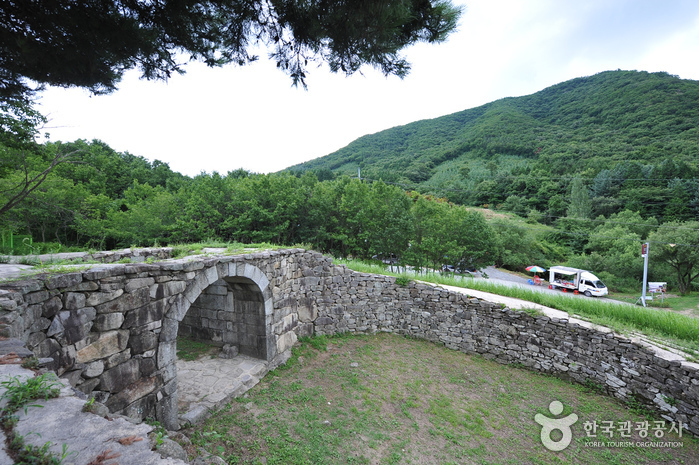
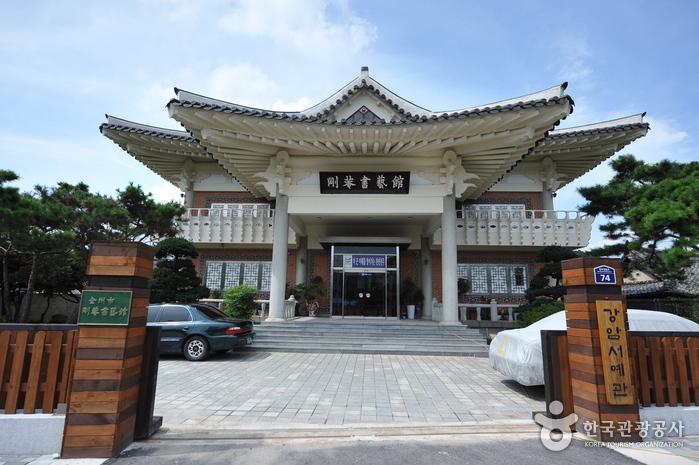
![Lotte Himart – Gunsan Lotte Mart Branch [Tax Refund Shop] (롯데하이마트 군산롯데마트점)](https://ktrip.blogsailing.com/wp-content/uploads/2025/11/2890214_image2_1-768x576.jpg)
